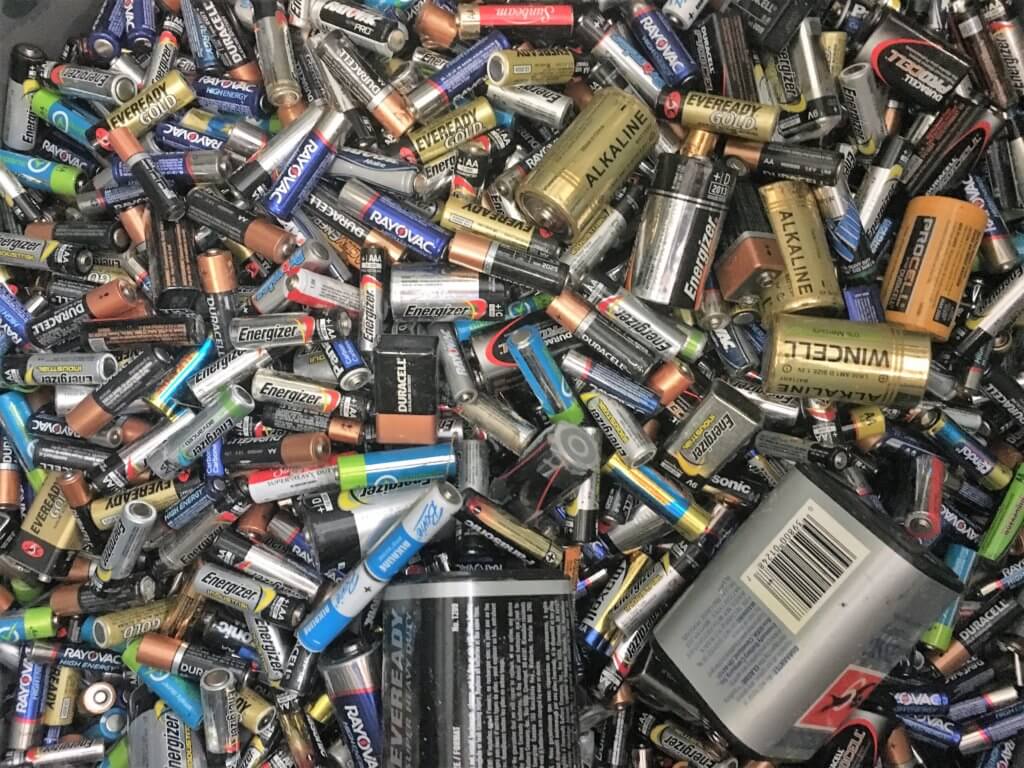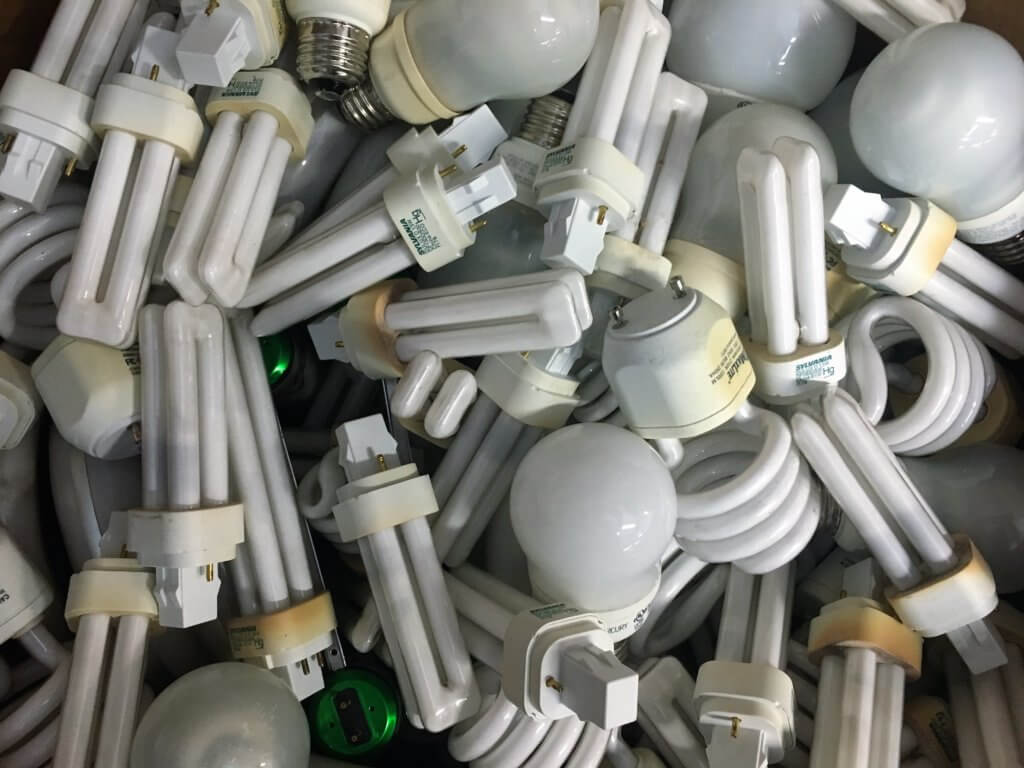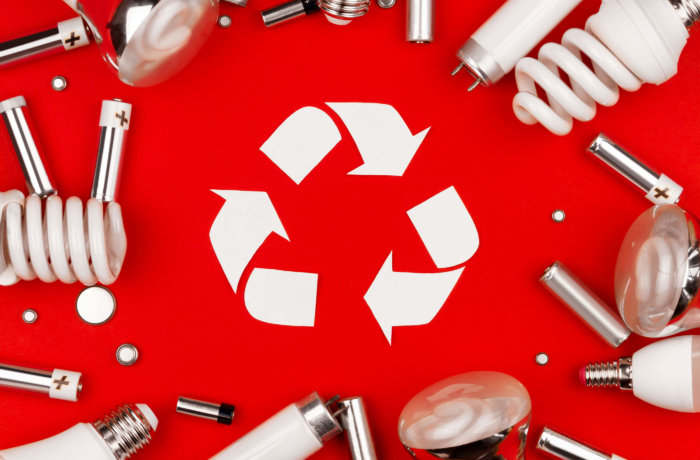NO APPOINTMENT NEEDED
 Don’t throw those batteries away! Batteries contain materials that are both hazardous and recyclable. It’s good environmental stewardship to recycle them because you can recover their resources and keep contaminants out of the landfill.
Don’t throw those batteries away! Batteries contain materials that are both hazardous and recyclable. It’s good environmental stewardship to recycle them because you can recover their resources and keep contaminants out of the landfill.
The Landfill of North Iowa collects single-use, rechargeable, and automotive batteries from residents for free. Any type of batteries, household, or vehicle can be dropped off anytime in the scale office or on the pallet in front of the Regional Collection Center (Household Hazardous Waste) Building. (Other convenient drop-off locations include; BROTHERS ACE HARDWARE in Clear Lake & Mason City, OVERHEAD DOOR in Mason City, Clear Lake Fire Dept., Mason City Fire Department, and the Clear Lake Library.)
What happens to my batteries after I drop them off for recycling?
When your batteries are dropped off for recycling, they are sorted and safely secured until they can be sent to a facility for processing. From there, the batteries are broken down into their various components: plastic, rubber, acid, and metals.
- The plastic is melted and cut into pellets and used for new products.
- The rubber cases are used as an additive in the smelting process.
- Battery acid is neutralized and then broken down into water and a salt compound.
- Metals — cadmium, cobalt, lead, and nickel — are reclaimed and used for making new batteries, among other things.
 Fluorescent light bulb recycling
Fluorescent light bulb recycling
NO APPOINTMENT NEEDED
When your fluorescent bulbs burn out, it’s important to recycle them. You can do that at the Landfill of North Iowa. Just drop off your tube-style or compact fluorescent light (CFL) bulbs anytime in the marked box next in front of the Regional Collection Center (Household Hazardous Waste) Building.
Why should I recycle fluorescents?
It’s because they contain mercury — 3.5 to 15 milligrams, depending on the type of lamp, the manufacturer, and when it was manufactured. Recycling keeps that mercury out of the environment. Recycling also reuses the glass tubing, metal end caps and phosphor powder contained in fluorescent bulbs.
Be careful handling your CFLs
If one accidently breaks:
- Ventilate your room
- Don’t let anyone walk through the breakage area for 15 minutes.
- Use stiff paper or cardboard on a hard service and scoop glass fragments and powder into a glass jar with a lid.
- Use sticky tape to pick up any remaining fragments and powder.
- Wipe the area clean with damp paper towels.
- Do not use a vacuum or broom on hard surfaces, you’ll just end up spreading the particles around the room.
- It is okay to use a vacuum, on the carpet.
- Dispose of the pieces in your outdoor trash container.
- Wash your hands when you’re done.
What happens after I drop off my light bulbs?
Your CFL and other bulbs are stored in breakage-resistant containers at the landfill until they can be shipped to a recycler. When a CFL reaches a recycler, the components are separated and sent to manufacturers.

